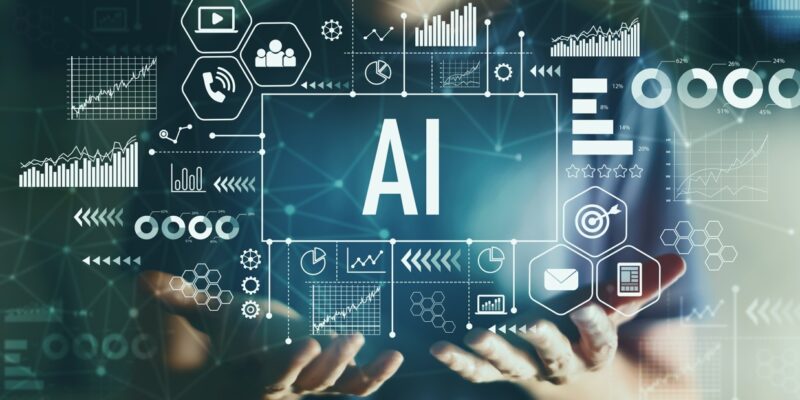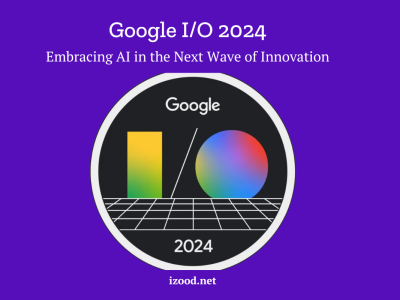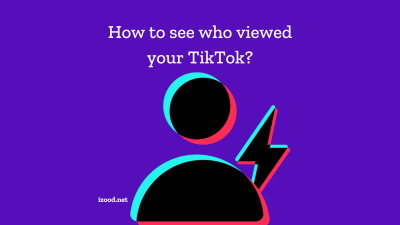
Artificial intelligence, AI, has revolutionized network security approaches and has become one of the key cloud security trends nowadays. To understand its impact on cloud security, we need to analyze the history of AI in cloud computing and AI evolution throughout the years.
The concept of AI was first introduced with the invention of digital computers, later to be researched in the 1950s. After AI was established as a discipline in 1956, a tremendous effort and grant went into research.
The early stages of neural network research and cybernetics allowed the creation and development process of the electronic brain. Studies on electronic brain framework explored digital signals with Claude Shannon’s Information Theory. Also, Alan Turing’s Computation Theory study demonstrated all computations can be processed digitally.
In the early days of AI, many algorithms were produced with simple functions. After AI evolution halted until the late 1990s, enhanced computing power revived the AI revolution and allowed new applications and algorithms to be developed. Later, deep learning and machine learning progressed, while the AI-driven technology market reached 8 billion in 2016. In recent years, AI has enhanced image processing, speech recognition, Big Data analysis, and text analysis.
Following this timeline, we can analyze AI evolution in three phases or waves. The first wave of AI relied on rule-based systems. AI was used to examine cloud assets, network security and assets, and security tasks based on established rules and trigger alerts. This approach was limited in scope and required security teams to create more rules as it was inclined to generate unusual behavior with a large number of alerts. Also, the first phase of AI increased false positives and load over time as business networks shifted.
The second wave of AI involved advancements in machine learning and other algorithms like deep neural networks. Since machine learning can classify information, analyze behavioral patterns, and determine deviations based on historical data, it has become more beneficial for threat detection, access control, and data protection. Alongside cloud based security tools and cybersecurity vendors, cyber threats and attacks have advanced with the help of machine learning to exploit vulnerabilities.
The third wave of artificial intelligence is more dynamic and lives in an unsupervised environment. Now, AI develops a comprehensive understanding, mitigates security concerns to protect sensitive data, and adapts to dynamic changes in the sea of network and cloud data.
Key AI Technologies Transforming Cloud Security
Many AI technologies transform cloud security posture and data security practices. ML, NLP, computer vision, and deep learning are among the key AI technologies for eliminating the security vulnerabilities of cloud systems, storing critical data, and mitigating data breaches. These AI technologies enable sophisticated security measures, practices, and applications for cloud platforms, cloud resources, and digital assets.
Machine learning applies trained algorithms based on knowledge learned from data. Acquired knowledge helps these algorithms detect anomalies, unusual behaviors, and data patterns to identify vulnerabilities, detect threats, and even predict future events.
Natural language processing is a technology that allows computers to understand and analyze human language. NLP algorithms can analyze chats, logs, emails, and voice with its speech recognition, speech tagging, named entity recognition, sentiment analysis, etc. abilities to identify potential risks for cloud native tools.
Computer vision algorithms can extract information from digital images, videos, and other visual inputs, and analyze this data. This way cloud computing infrastructure can learn to interpret extracted data and identify possible threats.
Deep Learning is an algorithm that trains deep neural networks. This algorithm can recognize, analyze, and learn from unstructured complex data and provide precise predictions.
Real-World Applications of AI in Cloud Security Today
- Adaptive Access Control:
AI technologies can enhance access management by analyzing cloud based resources, establishing risk profiles, and informing access controls, authorization policies, and cloud security policies. Multiple cloud providers utilize AI to analyze permissions and modify policies accordingly. With AI, security teams can perform risk-based assessments of access requests in real time for secure access to cloud services.
- User Entity Behavior Analytics:
UEBA is one of the major AI applications among the key cloud security trends. User behavior analytics allows companies to detect anomalies and unusual user activities in network and multi cloud environments through continuous monitoring and analyzing factors like login time, geo-locations, and accessed data.
- Threat Intelligence:
Modern businesses require analyzing millions of data stored in cloud environments and their network. AI can automate the process of collecting, processing, and analyzing information from cloud services and other external sources. AI’s threat detection and intelligence enhance cloud security practices and mitigate potential security threats. Also, AI can detect anomalies and malware through machine learning and deep learning models.
Ethical Considerations and Privacy Concerns with AI in Cloud Security
Although AI can help strengthen the overall security posture for cloud environments and network infrastructure, businesses must acknowledge privacy concerns and ethical considerations for AI-driven cloud native security solutions. Since machine learning and deep learning algorithms require a tremendous amount of data to be trained, technology companies collect cloud customers’ stored information like online activity, geolocations, and audio which raises surveillance and privacy concerns. Some argue that is unethical and a privacy violation while others say it is a necessary evil.
Another ethical consideration is about algorithmic bias and fairness. Algorithmic bias in AI training can result in data breaches following faulty models and inefficient threat detection in cloud security solutions.
Future Predictions: Where AI is Taking Cloud Security Next
Cloud adoption and cloud computing brought a new approach to cybersecurity. Also, businesses couple traditional security tools with AI and cloud security tools for a layered approach to mitigate cyber threats. Today, AI technologies are among the latest cloud security trends by adopting proactive security measures.
AI technologies and AI-driven applications enhance data storage and processing abilities, automate security tasks, and increase operational efficiency. Yet, there is still space for improvement in AI. In the future, we might see quantum-powered AI models that could transform threat detection, analysis, and response mechanisms in cloud security.
Challenges and Limitations of AI in Enhancing Cloud Security
Besides privacy concerns, AI has its limitations in enhancing cloud security. On the contrary, over-reliance, lack of transparency, and lack of network connectivity can hinder security and data processing on cloud technology. AI needs consistent network connectivity, but lack thereof impacts prompt response by creating a large lag in data transmissions to the cloud platform. On top of this, AI can be used to create adversaries. Cybercriminals can also use AI to detect vulnerabilities, create malware, and exploit weaknesses. Lack of transparency further complicates cloud security challenges. Over-reliance can disrupt network and cloud security posture as the impact of data breaches and AI system failure increases.
AI-Driven Future in Cloud Security: Tips for Businesses
AI-driven cloud security isn’t far away for sure. As cloud environments continue to expand, the need for data protection also increases. AI technology will offer many more benefits in the future but still have its challenges. By keeping this in mind, businesses must always have a layered security approach and a shared responsibility model while deploying robust security measures.











